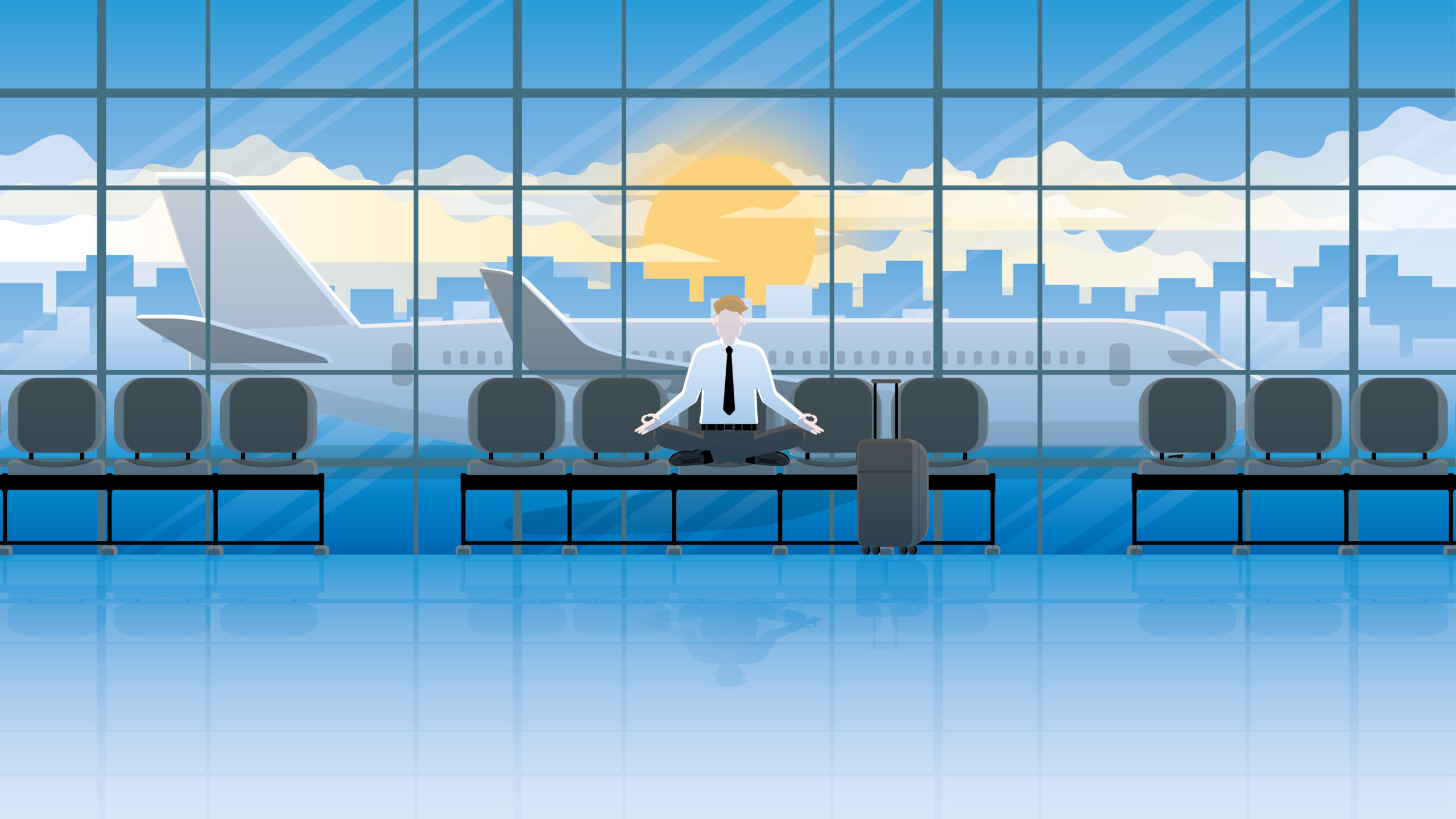Traveling for work is largely seen as a rewarding perk and an important element in connecting with others. While meeting online and on virtual platforms is easy and convenient, three-quarters of business travelers still prefer face-to-face, according to a study by Globaltrender. One question that may not be asked often enough as travel resumes is, “How does all this travel affect my attendees’ well-being?”
Nonstop travel—with all that time spent away from family, being in different time zones and constantly on the move—can have a negative impact, mentally and physically. As you may have noticed over the past year, taking time away from travel can be good and may provide the opportunity to not only reflect on what matters most in our personal lives but also how having a career that requires spending so much time away from home can affect overall well-being.
In a recent whitepaper by Amex Global Business Travel, “On the Road to Well-being,” several steps were detailed that meeting professionals—especially those working within corporations with set travel policies—can take to understand and manage the impact of business travel so that it’s less likely to impede achieving the strategic goals of the meeting.
Impact
Gauging the impact business travel has on attendees is a case-by-case task, with some aspects having greater weight than others. Journey length, time zone differences and same-day travel can have varying effects yet are important variables that can impact well-being. “A single trip will not tell the whole story. To truly understand the impact of business travel on employee well-being, it’s necessary to look at the full number of trips across a year,” the whitepaper’s authors note.
Identify
Developing traveler risk profiles can help identify how and to what degree travel impacts particular travelers. By combining travel data, such as travel frequency, trip length and frequency, and information about destinations, with information about travelers, such as their job role, tenure and age, meeting professionals can better learn how and in what way an attendee is likely to be impacted by travel. Knowing these objective data can help organizations identify which travelers are most at risk of travel fatigue—and would be the best candidates to attend virtually, if possible.
Review Travel Policy
In reviewing corporate travel policy, meeting professionals can gain insights into when to incorporate more well-being activities into their programs. But to the extent that planners can influence these policies, they can demonstrate strategic value by advocating for a maximum time limit on layovers, reducing same-day travel by offering virtual alternatives and using traveler profiling to distinguish traveler types.
Measure Attendee Well-being
Only a minority of planners measure attendee well-being through specific key performance indicators (KPIs), according to American Express. A simple way to begin to learn how business travel impacts attendees is to introduce questions about well-being into post-meeting surveys. Adding questions about health and mental well-being also sends a message to attendees that these matter to the organization.




